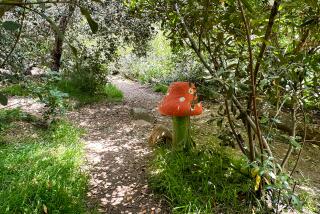Readers React: The shoddy science behind developers’ push to delist the California gnatcatcher
To the editor: The idea to delist the California gnatcatcher, pushed by developers, is based on second-rate science. (“Developers seek end to federal protections for California gnatcatcher,” June 29)
I was a reviewer for the developer-funded paper saying the California bird is not a distinct population when it was originally submitted to another journal. As a biologist who studies bird genetics and taxonomy, I can attest to the fact that the study did not use modern methods.
In my review, I was critical of the genetic markers and environmental characteristics the authors chose to assess whether the gnatcatchers were different from other populations. Their choices made it a foregone conclusion that the authors would find no evidence for distinctiveness. Instead of addressing my criticism, they apparently chose to resubmit their study to another journal in hopes of finding more sympathetic reviewers.
There are modern genetic and ecological techniques that could provide the final word on the controversy, if only there were time and money to carry them out.
John McCormack, Los Angeles
The writer, an assistant professor of biology at Occidental College, is director of the school’s Moore Laboratory of Zoology.
..
To the editor: It’s not really about the DNA in a little gnatcatcher, is it? As usual, it’s all about developers and builders hoping to line their pockets at the expense of our beautiful planet — in this case, bulldozing many of the 197,000 protected acres of coastal land so human beings can live in homes with a view of the sea.
My husband, son and I moved to Southern California last summer and discovered the Palos Verdes Peninsula just recently. It’s the prettiest place we’ve seen since moving here.
We hope the environmental groups can save it.
Alison Rood, Long Beach
More to Read
A cure for the common opinion
Get thought-provoking perspectives with our weekly newsletter.
You may occasionally receive promotional content from the Los Angeles Times.










